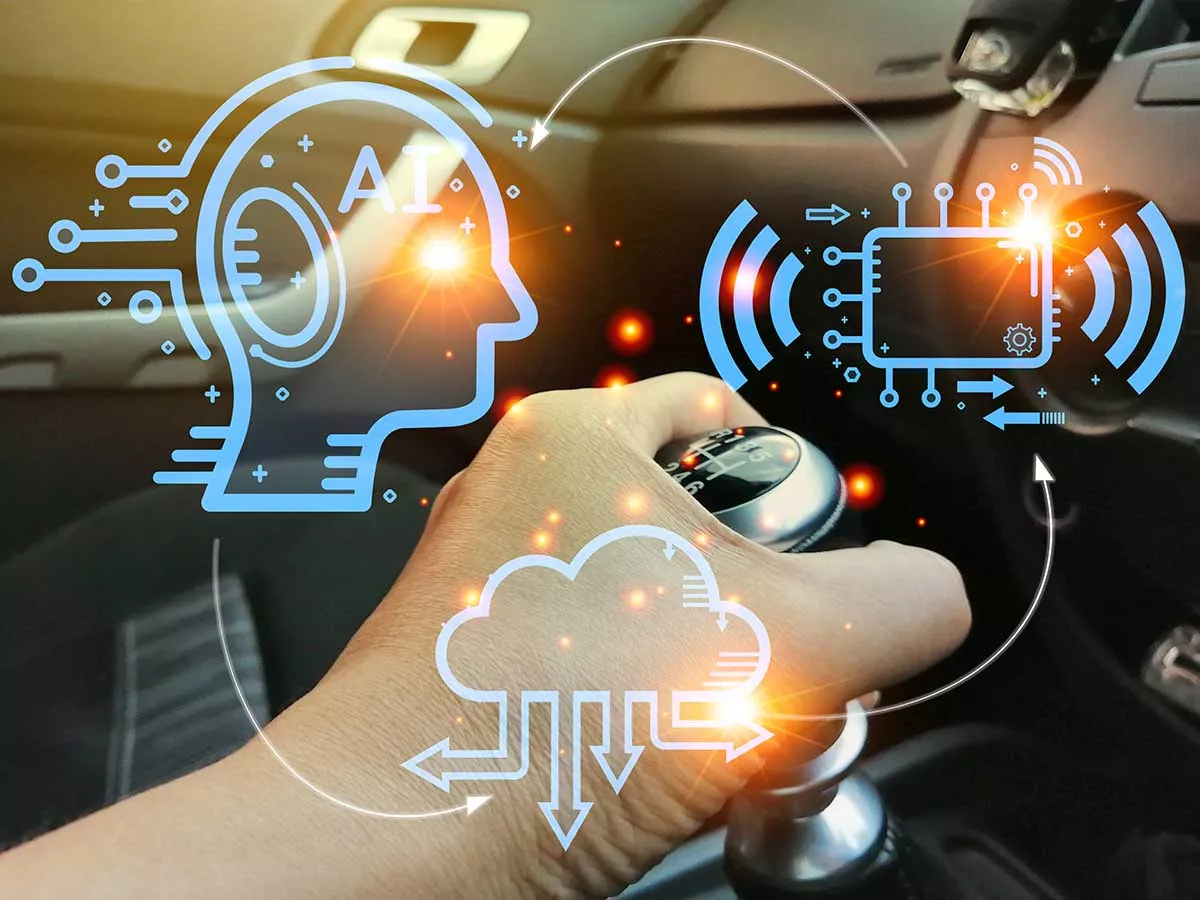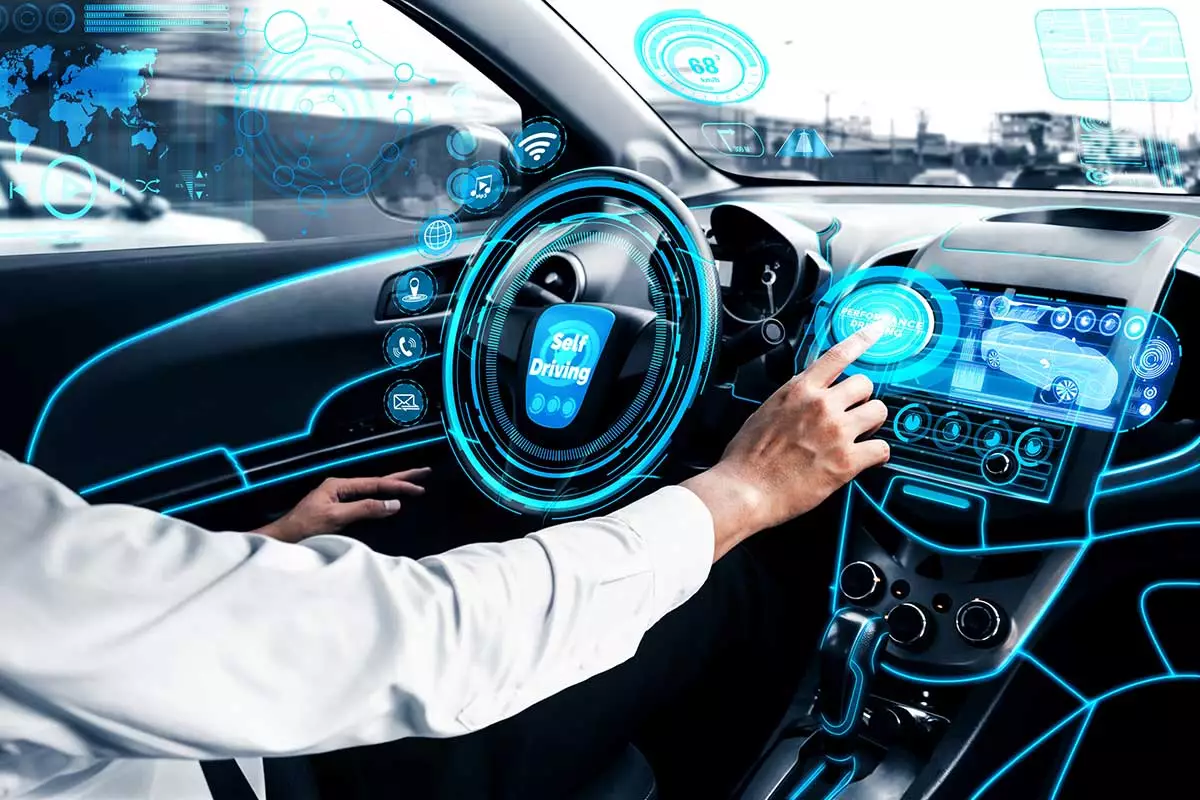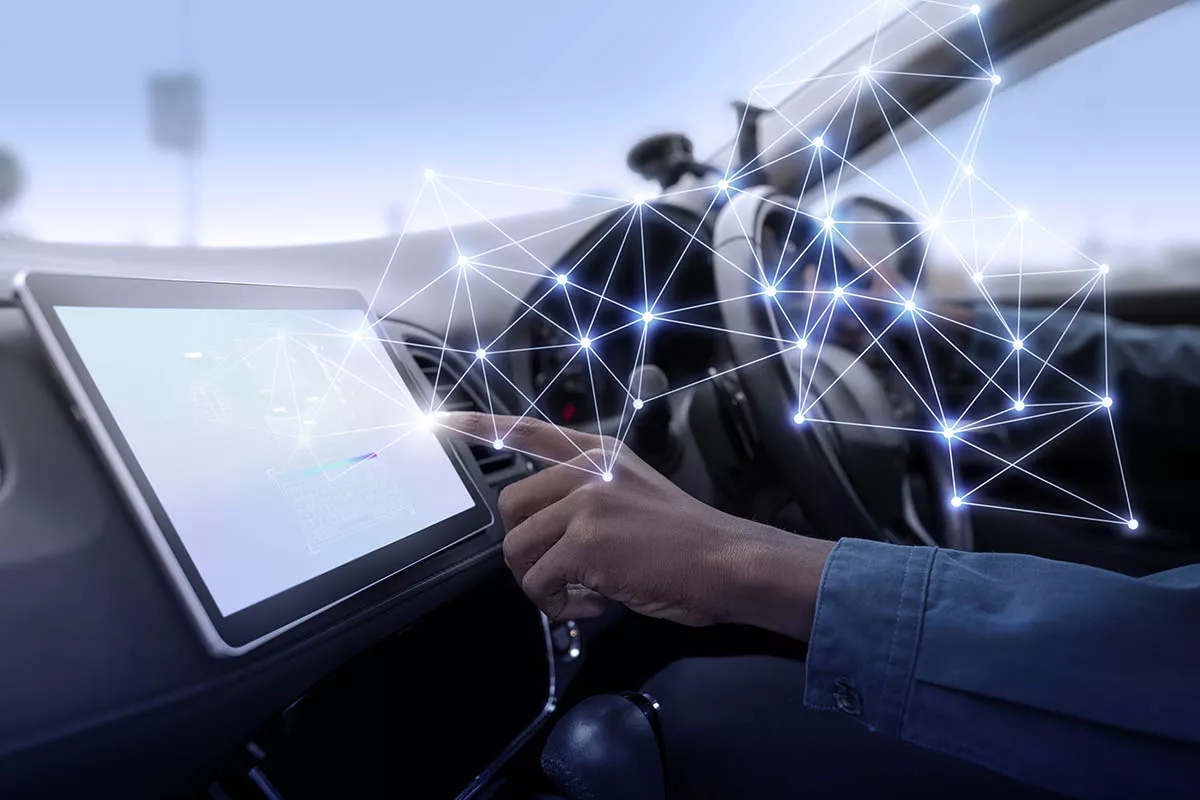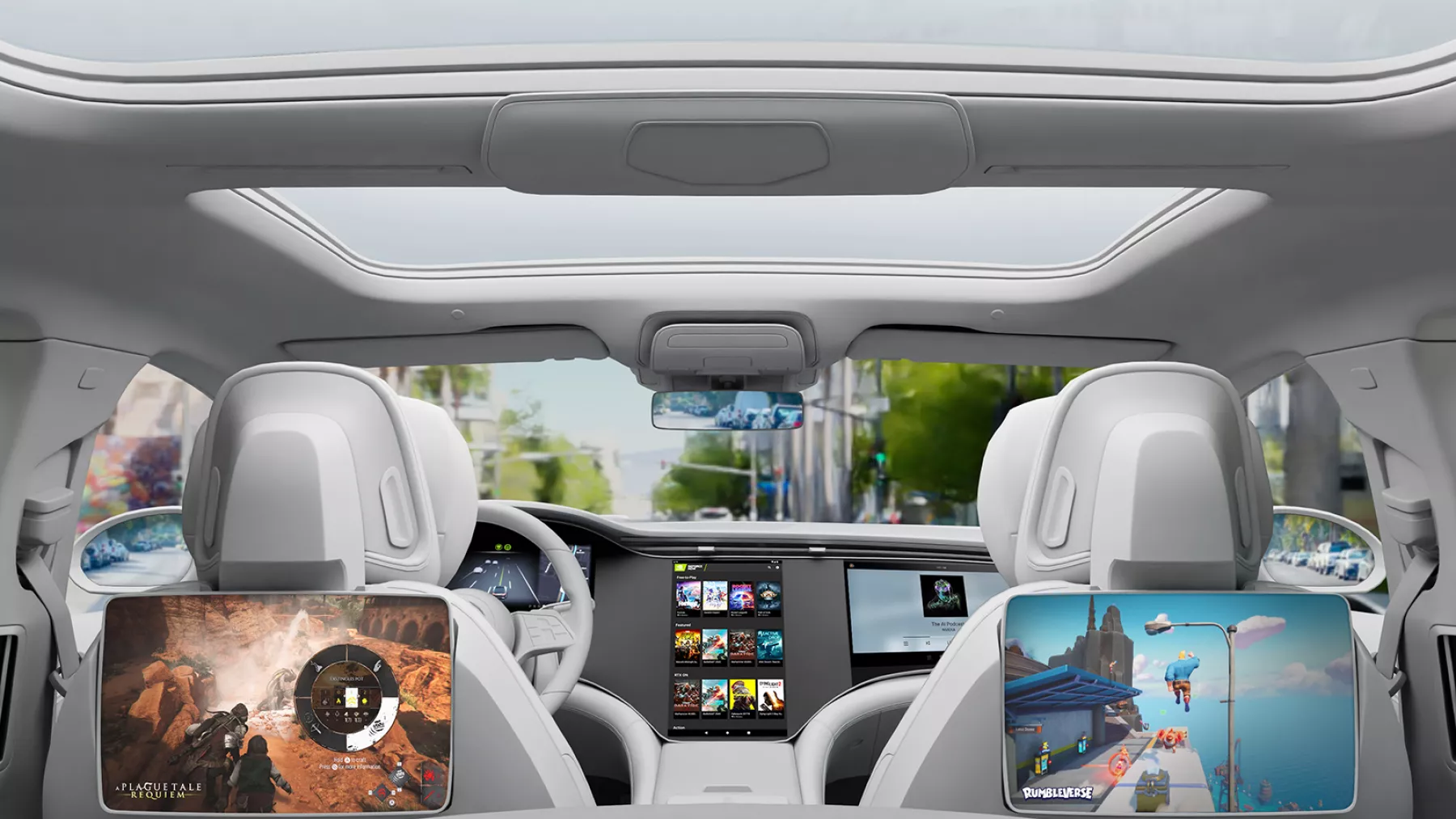
Advantages of having an autonomous car
An autonomous car is one that does not need a driver to move; that is, it drives itself, without having a pilot to monitor it. There is no doubt that it is the closest thing we have to a futuristic vehicle, although it does not yet fly (but it is close). At first glance, it seems like an excellent alternative to reduce accidents and speed up daily transport, but how does it really work and what are its advantages? We at car rental will tell you all about it.
How does a self-driving car work?
Autonomous vehicles are those that are equipped with the necessary technology to manage driving on their own. This means that they do not need human intervention to move. However, autonomy can vary depending on the car; some are much better optimized than others. In general terms, a car of this type can do the following:
- Detect different types of obstacles.
- Effectively interpret traffic signs, whether painted on the pavement or located on the sides of the road.
- Identify and respond appropriately to pedestrians or other vehicles to prevent accidents.
- Remember the owner's usual routes and optimize them to improve the efficiency of the journey from one point to another.
What are the advantages of a self-driving car?
Reduce accidents, optimize driving
By using advanced technologies and algorithms that respect traffic signs, autonomous vehicles help reduce accidents caused by drivers failing to obey these signs. The priority in their design is the safety of pedestrians.
More sustainable vehicles
Autonomous vehicles not only use advanced technology for driving control, but also incorporate the latest in vehicle technology , such as low- or zero-emission electric motors, resulting in cars with zero carbon or greenhouse gas emissions.
360° sensors and cameras
Autonomous vehicles have 360-degree vision. Thanks to a series of advanced sensors and cameras, these vehicles can monitor the entire surrounding environment as they move. This 360-degree environmental scanning capability allows them to handle traffic more efficiently, especially on congested roads in large cities.
Efficient transport
If we talk about autonomous cars for the transport of goods , these vehicles allow for greater efficiency in transfers, since they do not require the necessary breaks for drivers to rest, as occurs with conventional transport.
Convenience, accessibility and inclusion
They offer greater accessibility and comfort, as well as helping to reduce traffic jams. The technology of these vehicles facilitates better access for people with disabilities or reduced mobility, due to the reduced need for human intervention in driving and control on the roads.
Are they 100% autonomous? Learn about the levels of autonomy
The autonomy of these cars indicates how much human assistance they need to drive. Below we explain the different levels of autonomy currently available, excluding level zero, as this represents traditional cars without assistance.
- Level 1: Basic Assistance : These vehicles have technology that assists with lateral or longitudinal driving, but the driver must manage other aspects.
- Level 2: Partial autonomy : At this level, the driver does not need to control tasks such as movement, allowing the vehicle to handle more functions.
- Level 3: Conditional autonomy : Here, the car can operate autonomously but allows driver intervention in cases of emergency or failure. These vehicles incorporate technology for lateral and longitudinal control, as well as obstacle detection.
- Level 4: High autonomy : Vehicles at this level can drive themselves virtually without any human intervention . They have a backup system that can be located outside the car and is activated in the event of failure of the main system, even in emergency or low-risk situations.
- Level 5: Complete autonomy : at this level the car is completely independent to make transfers without any limitations. These vehicles do not require traditional driving elements such as pedals or steering wheel, as they can operate completely without human intervention.
Possible disadvantages of self-driving cars
Lack of human intervention in case of problems: Although machines and advanced technology are products of human engineering, they are not infallible. Errors will always occur and, without traditional elements such as steering wheels and pedals, humans will not be able to intervene in the event of a failure or inconvenience.
Loss of driving skills: If we no longer need to drive, the question arises as to whether we will need some kind of license or certification. Will we stop learning to drive traditional cars? What will happen in places where this technology is not available?
Insurance issues: In the event of an accident, the question of who is responsible arises: Which autonomous car failed? What if both vehicles involved failed? These issues complicate determining fault.
High cost: Although the exact starting price is not yet known, it is likely that, due to their advanced technology, these vehicles will have a very high cost.
The final advantages and disadvantages are still unclear, but this theoretical overview offers a rough idea of what the future could look like. Car rental, while not yet offering autonomous cars, allows you to get behind the wheel of the latest cars on the market, making it the ideal alternative to enjoy cutting-edge technologies in the automotive sector.
Leave a comment:


Tranding News










